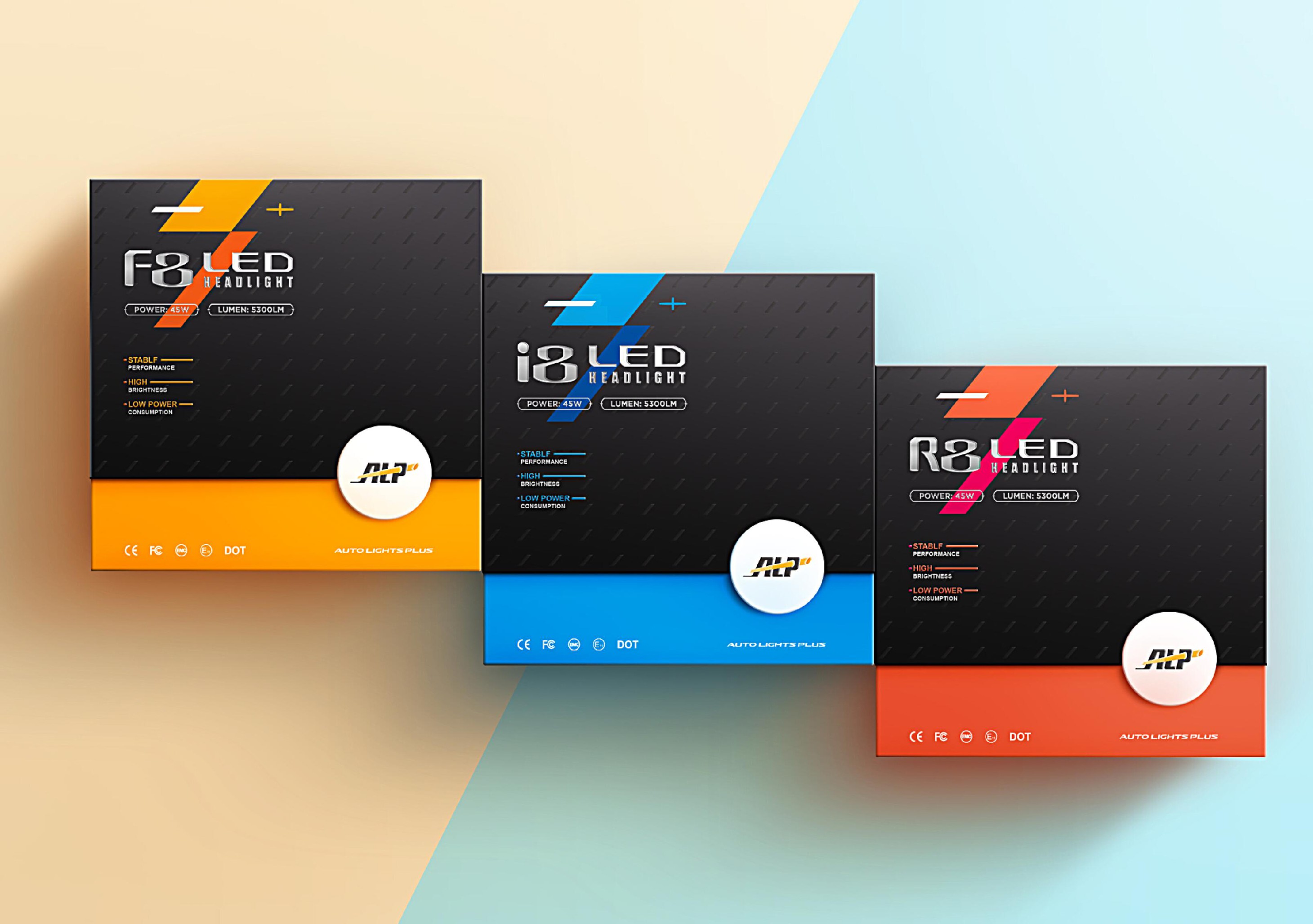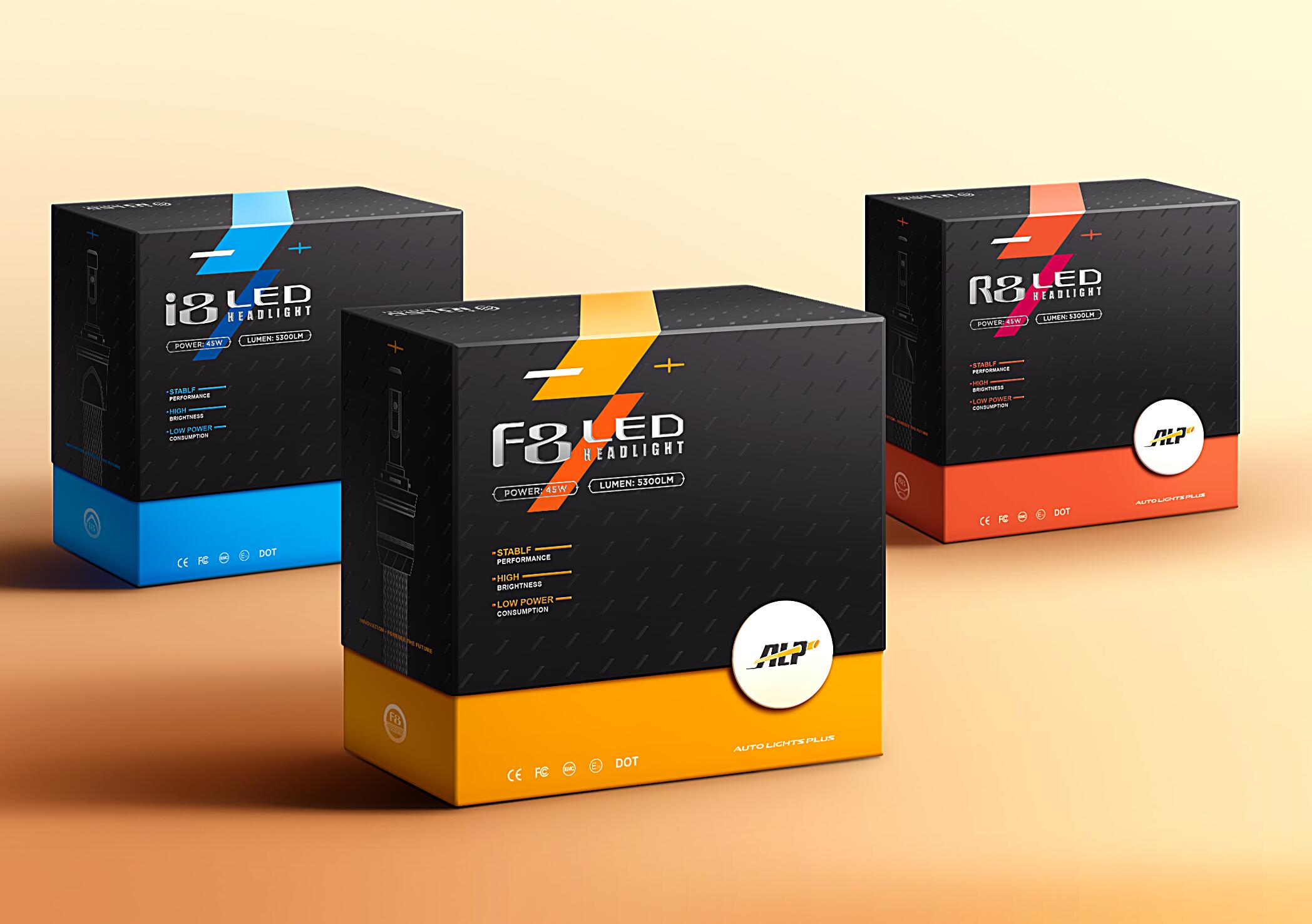Fitness products have gained immense popularity in recent years, leading to a surge in the demand for attractive and functional packaging.
The packaging box plays a crucial role in not only protecting the product but also conveying the brand's message and attracting potential
customers. In this article, we will explore the structural features and design trends of fitness product packaging boxes, incorporating the
latest design concepts. We will also provide a personal perspective on the subject.

Structural Features:
1. Durability and Protection: Fitness product packaging boxes should be designed to withstand the rigors of transportation and handling.
Using sturdy materials such as corrugated cardboard or rigid plastics ensures the product remains intact and undamaged.
2. Ergonomic Design: The packaging should be user-friendly, allowing easy access to the product. Incorporating handles, tear strips, or
easy-open mechanisms enhances convenience and usability.
3. Compartments and Inserts: Fitness products often consist of multiple components or accessories. Packaging boxes with compartments or
inserts help organize and secure these items, preventing damage during transit.
4. Customization and Personalization: Brands are increasingly focusing on creating unique packaging experiences. Customizable packaging
options, such as removable sleeves or inserts, allow for personalization and create a sense of exclusivity.
Design Trends:
1. Minimalism: Clean and minimalist designs are gaining popularity in the fitness industry. Simple typography, monochromatic color schemes,
and uncluttered layouts convey a sense of sophistication and modernity.
2. Sustainability: With growing environmental concerns, eco-friendly packaging solutions are becoming more prevalent. Using recyclable materials,
incorporating biodegradable inks, and reducing excess packaging are key trends in fitness product packaging.
3. Bold Typography and Graphics: Eye-catching typography and bold graphics help create a strong visual impact. Brands are using vibrant colors,
geometric patterns, and dynamic illustrations to capture attention and convey energy.
4. Photographic Realism: High-quality product images showcasing fitness equipment or models in action are being used to create an aspirational
appeal. Realistic visuals help consumers envision the benefits and experience of using the product.

Personal Perspective:
In conclusion, the structural features and design trends of fitness product packaging boxes have evolved to meet the demands of the industry. Durability,
ergonomics, customization, and sustainability are key considerations in packaging design. Minimalism, bold typography, sustainability, and photographic
realism are prominent design trends. By combining these elements, brands can create packaging that not only protects the product but also engages and
inspires consumers. Ultimately, a well-designed packaging box can enhance the overall brand experience and contribute to the success of fitness products
in the market.





